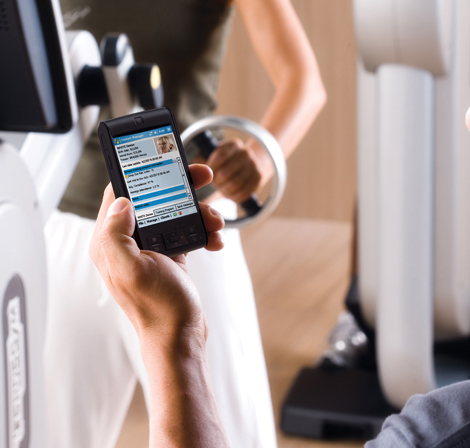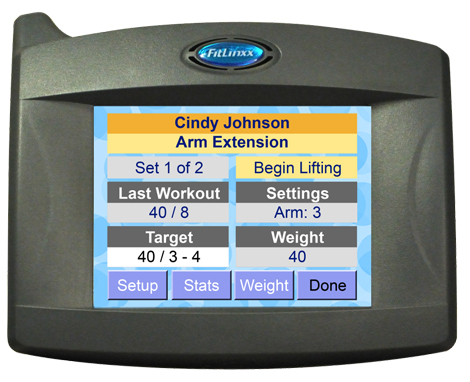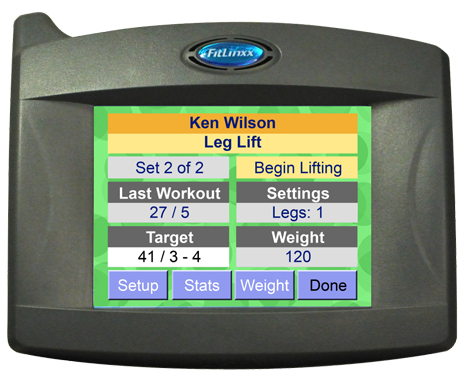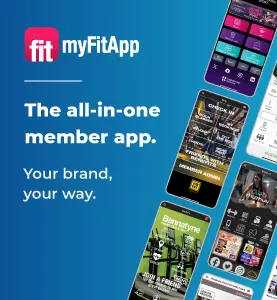We sold 100 memberships last month!” Great, how many of them are still visiting? “Who cares? We have to hit 110 this month…”
Health club operators invest so much in recruiting a new member that it’s crazy to lose interest once they’ve signed up – and in principle at least, most operators know there should be an equal focus on retaining members, particularly just after they’ve joined. In practice, however, clubs focus more and more on sales, particularly in today’s economic climate and competitive market.
In any other industry, once a new customer is signed up, the supplier switches to delivery mode and will pull out all the stops to ensure the new customer is delighted with its service. In a new relationship, you’re highly attentive in the early days, on your best behaviour and trying your best to please.
But even in clubs where new members are given due attention, the new member journey is the journey in many cases; a month or two after the member joins, they can fall off the radar without being noticed. To boost retention, and thereby ensure the club survives and thrives, the member journey needs to continue onward. This will be covered in part two of the series, to appear in the next issue of HCM.
For now, let’s focus on the all-important initial member journey. This should be kept simple, based on three key points: timeframe, measurement – in order to improve, you must measure – and member contact.
Timeframe
Your first decision is: how long will your new member journey last? Ideally this timeframe will apply to the majority of your members. One month is a fairly standard term for members to be considered as new. If you have lots of experienced joiners, it might be shorter, or if most of your new members are new to exercise, the standard length might need to be longer.
Alternatively, if you track the visits, your new journey could last for, say, six visits rather than a period of 30 days.
Bolder, more systems-savvy operators might even ask members how long they want to be considered a new member. Ultimately, the timeframe needs to be simple enough to measure, while also catering for your typical member.
This period is the high-risk, sensitive, honeymoon phase when you are taking extra care and paying special attention to new members. Help them build an exercise habit, giving them all the encouragement they need to meet that first goal of becoming a regular member rather than a ‘fresher’. Once they’ve cleared that hurdle, they will be moving towards their long-term goal at pace.
It’s a good idea to share the new member journey details with members, so they know they are getting a little extra at the start of their membership with a view to achieving ‘sign-off’ as a full member. This assumes your ongoing journey is watertight, of course.
Sharing the journey time with the member is also good practice: they will know what to expect, and it will hopefully help you to deliver.
Some members – those with less experience, for example – may want or need to run through the new member journey twice. This is fine as long as it’s only for a few members, otherwise consider extending your timeframe.
Measurement
Now you know the timeframe, define success. When a member reaches the end of the initial journey, must they have attended the gym recently, and if so, how recently? A simpler measure may be for the new member to achieve a minimum number of visits in the initial period. Depending on your system’s sophistication, this number could be bespoke for each member.
The movement of time adds a little complexity. For example, January joiners – since they could have joined at any point up to 31 January – will not all have had the chance to have completed their first six visits until the end of February. So while you can report on January sales on 1 February, if you’re running to a monthly timeframe you will not be able to report on new member journey completion for January joiners until 1 March.
Now you know how long your new members stay ‘new’, you need to identify them. There are many ways of doing this with retention systems, new member reports or more basic methods.
FitLinxx’s console has a different colour screen depending on the Attention Level Indicator (ALI) of the member. This can be configured to recognise new members – different colours denote how new they are and how much attention they therefore need.
The Technogym Contact Manager ‘Who’s In’ screen can be sorted by ‘joined from’ date, or new members identified with the grey traffic light, as members don’t build up a DropOutRisk until their visit patterns develop.
Alternatively, you could report from your front-of-house system, and print a list of freshers each week for staff to study. If you have simpler systems, a new member wristband or bib is a really easy way to spot people who you should be touching base with on every visit.
Make your staff responsible for getting members to complete the new member journey by setting targets. This could be for the sales team, gym instructors, or both. As a KPI, this is just as important as a sales target. Selling memberships without checking subsequent usage is like collecting leads or prospects and then doing nothing with them. And unless a new member is using the club, they’re never going to refer a friend.
Interaction
You should interact with every member on every visit while they are on their new member journey. A quick check will tell you if they are on their way to completing the new member journey, or if there’s anything they need help with. Journey stages like the induction, welcome, getting started, orientation, discovery session and review are all important appointments, but a brief contact with every new member on every visit will build rapport, confidence and a great relationship.
And what about the new members who are not visiting? Only a few weeks ago, they were keen enough to join up, and you have invested between £30 and £100 to recruit them. Phone calls, texts, emails or letters are small relative costs to try to save the relationship. You need to throw everything you have at a lapsed new member; the least you should accept is some feedback or a referral.
If you want to stick your neck out, offer a leaver’s bonus: if they don’t make the required visits in the first month, offer them a bonus or refund to leave.
If they stay, start the clock again, and help them hit the target this time.
Journey completion
“We sold 110 memberships last month!” High Five! “But the real result is that all 110 members made at least four visits by the end of their first month” Champagne!!
Clubs that start to measure first month visits or new member journey completions are often shocked by the initial findings: it’s staggering how many members stop visiting in month one. Shift your focus on sales forward one month, and look at how last month’s new members performed in terms of visits. If you can improve new member journey completion, you’ll have a huge impact on overall member retention.
Suppose, for example, you run a club charging £30 a month, signing up 100 new members a month. If you increase new member journey completion from 70 to 80 per cent, you will make an additional £19,800 over the year.


























































